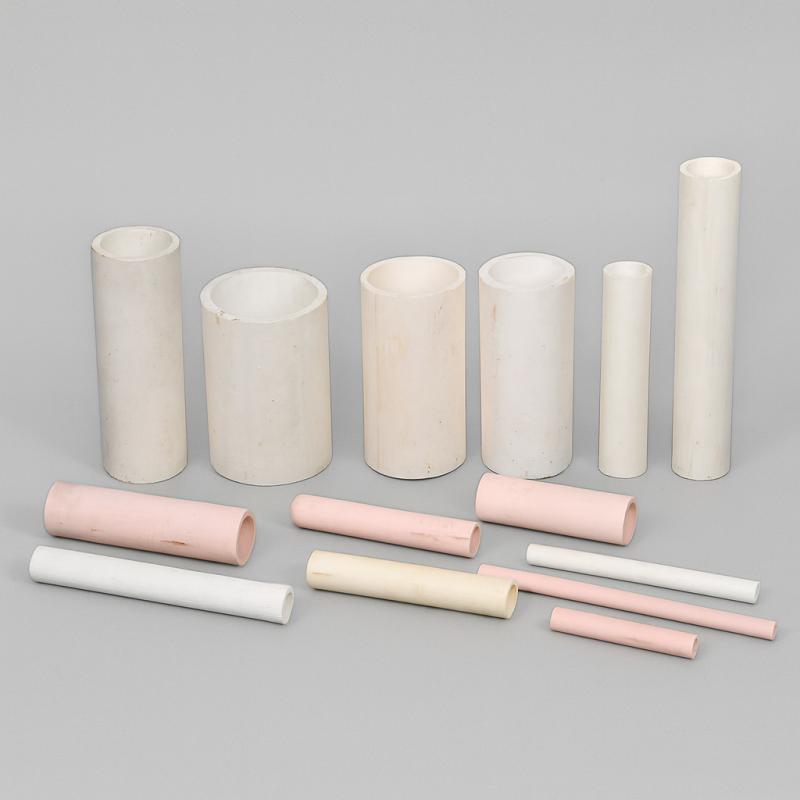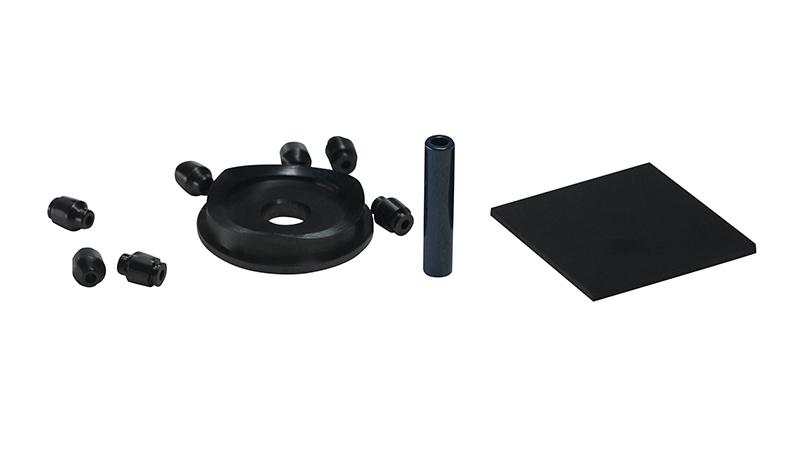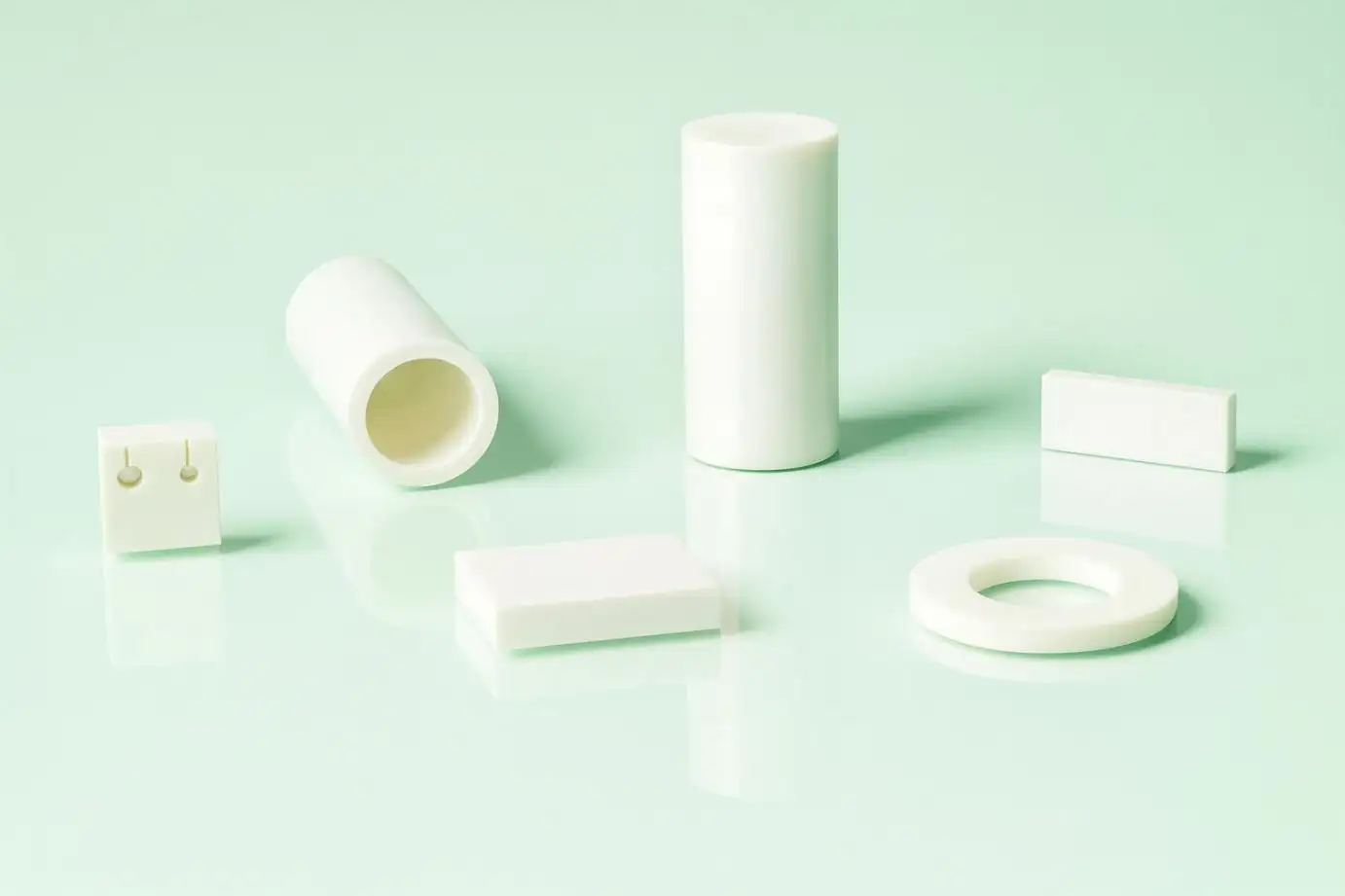Choosing Electrical Insulating Ceramics for Extreme Heat
Electrical Insulating Ceramics keep power stable and signals clean when everything around them runs blisteringly hot. Polymers warp, fillers outgas, and even metals drift under load; robust ceramic insulation is what prevents nuisance trips, arc scars, and premature shutdowns. From this practical reality, UPCERA approaches each project as a manufacturer that customizes and processes advanced ceramic materials to fit the exact thermal, electrical, and mechanical demands of your system.
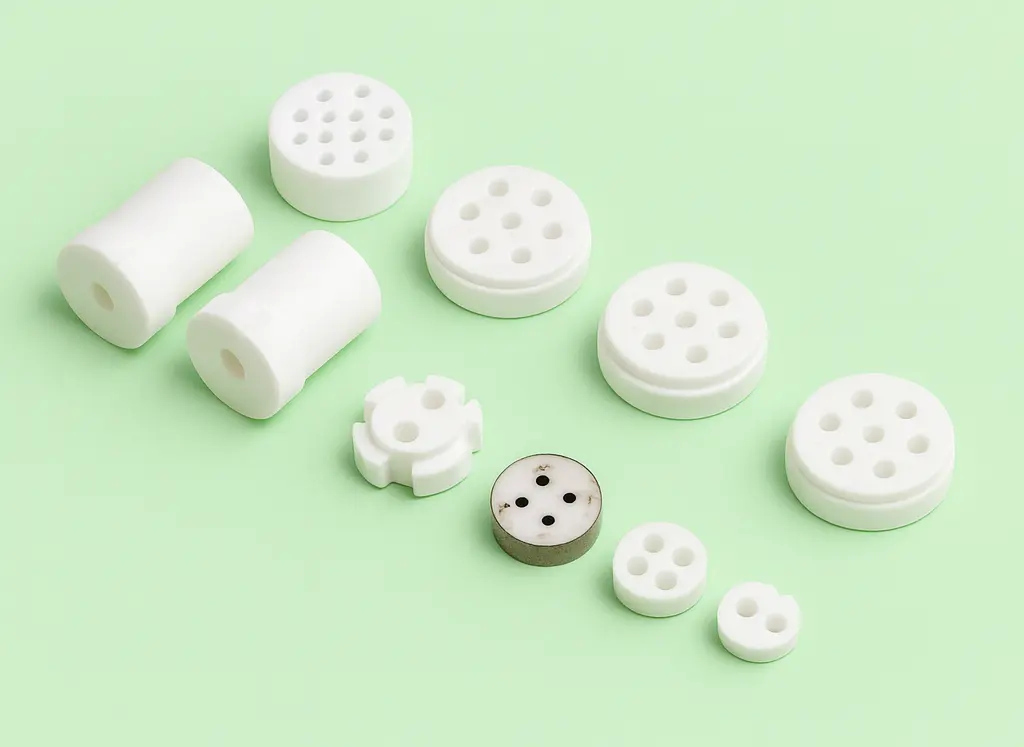
The Heat Problem Most Datasheets Don't Show
Heat does not fail a system all at once - it erodes margins. Clearances that seemed safe on paper shrink as parts expand. Surface films carbonize and invite tracking. A gasket sheds volatile residues that contaminate nearby contacts. Then leakage current rises, partial discharges appear at edges, and protection relays do exactly what they are supposed to do: stop the line.
That is why Electrical Insulating Ceramics matter. High-purity alumina maintains dielectric strength and low dielectric loss at temperatures that defeat plastics and composites. It shrugs off thermal cycling that would fatigue dissimilar-material joints. In vacuum or inert atmospheres, it stays dimensionally honest and chemically inert, which keeps calibration stable and uptime high.
UPCERA's engineers start with the environment, not the catalogue: continuous and peak temperature; ramp rate; dwell time; atmosphere (air, vacuum, N₂, Ar); vibration; moisture; and the actual electric field distribution inside your geometry. Most "mystery failures" trace back to the field concentrating where a tolerance drifted or a corner stayed sharp. Smart geometry and repeatable machining fix the root cause rather than masking it with extra margin.
- What Fails First In Extreme Heat?
• Coatings blister and create conductive paths.
• Seals carbonize, releasing contaminants into tight gaps.
• Small tolerance shifts move the electric field to sharp edges.
• Moisture or process dust lowers breakdown voltage in service.
What Sets UPCERA's Alumina Insulators Apart
UPCERA produces custom alumina ceramic insulators from 99% high-purity alumina - the practical baseline for high-temperature electrical insulation materials. Multi-hole bodies route wires or fluids without crowding creepage distances, and precision features keep assemblies aligned so fields remain uniform.
• Tight, Verifiable Tolerances (±0.01 mm): Uniform gaps mean predictable fields and quieter partial-discharge performance.
• High Dielectric Strength & Low Loss: Stable insulation for both AC and DC, including RF and vacuum service.
• Thermal & Mechanical Endurance: Resists creep, cracking, and abrasion in static or dynamic assemblies.
• Chemical Inertness: Withstands aggressive fluids and humidity without surface degradation.
• Compliance Built In: Materials and processes comply with RoHS and REACH for global shipments.
• Design-For-Manufacture Support: Complex bores, thin walls, and micro-features produced repeatably for high-density layouts.
Behind every part is process control: dimensional checks, surface finish verification, and cleanliness protocols that protect dielectric behavior. Traceable lots and material certifications simplify audits for regulated industries and long-life programs. You receive parts that press-fit, seal, or screw together the same way every time - no rework, no shimming, no guessing.
✅ Where These Insulators Earn Their Keep
• High-Voltage Apparatus: Transformers, capacitors, and breakers that live on tight creepage rules.
• Semiconductor Tools & Electronics: Cleanroom-appropriate components for wafer processing and precision test fixtures.
• Vacuum & RF Systems: Low-loss, high-breakdown bodies in demanding field conditions.
• Medical & Diagnostic Devices: Non-magnetic, sterilizable insulation for sensitive electronics.
• Industrial Heaters & Furnaces: Reliable separation near heating elements at sustained high temperatures.
• Automotive & Aerospace Electronics: Stable insulation in sensors and ignition systems facing vibration and thermal shocks.
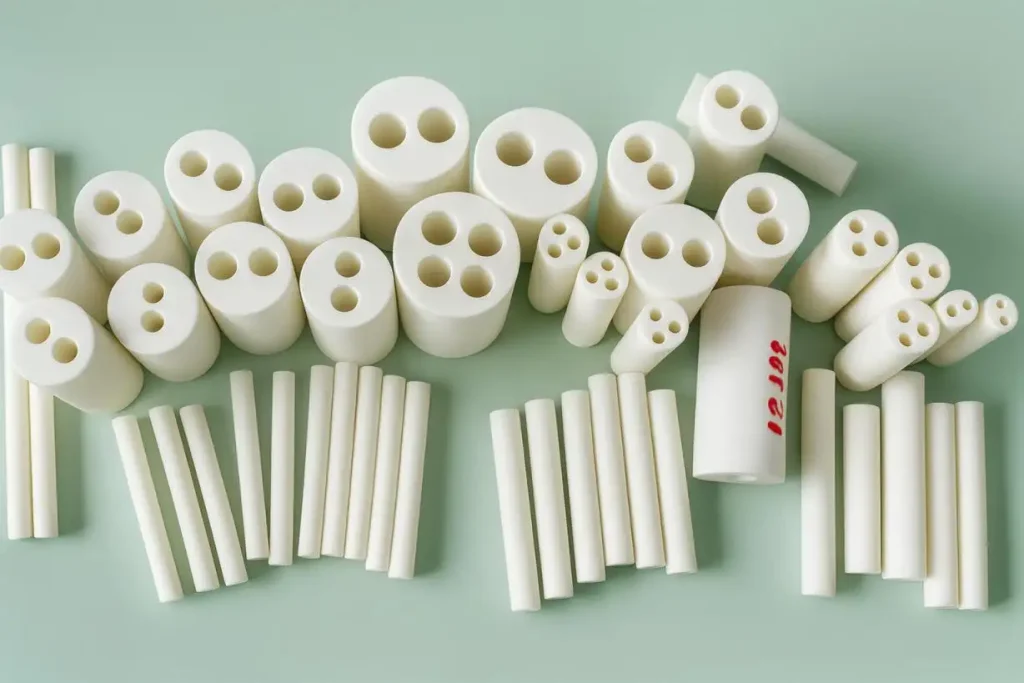
A Practical Workflow For Choosing Electrical Insulating Ceramics
Selecting Electrical Insulating Ceramics is less about chasing a single property and more about balancing a set of realities - temperature, geometry, cleanliness, and cost over time. Here's a lean, field-tested approach you can run with your team this week.
1) Map The Thermal Profile, Not Just "Max Temp."
Record continuous temperature, short-term excursions, ramp rates, and cycle counts. Fast ramps can be harder on joints than steady high heat. Share these numbers early to avoid over- or under-specifying the material.
2) Define The Electrical Envelope.
What breakdown voltage, creepage/clearance, and frequency range must the insulator support? In RF or vacuum systems, low dielectric loss is as critical as dielectric strength. If partial discharge limits are part of your standard, set a target inception voltage and design around it.
3) Make Geometry Work For You.
Sharp corners amplify fields; radii and polished bores spread stress. Multi-hole designs route conductors or fluids cleanly and control creepage without bulky spacers. With ±0.01 mm machining, UPCERA keeps those features consistent so field lines stay where you modeled them.
4) Control Surface And Cleanliness.
Surface finish and packaging are not afterthoughts. A clean, smooth surface resists contamination and tracking. Specify finish where it affects performance, and plan how parts move from packaging to final assembly without picking up dust or moisture.
5) Verify Compliance Once, Ship Everywhere.
RoHS and REACH compliance reduce friction with global customers and regulators. UPCERA's documentation shortens approvals and streamlines repeat orders.
6) Prototype Early, Learn Fast.
Build a small lot and test fit, then run a high-potential test under your real conditions - temperature, atmosphere, and frequency. Data from this step will often allow you to simplify features or widen tolerances, cutting cost without cutting reliability.
- Look At Lifecycle Cost, Not Unit Price
A ceramic insulator may cost more than a polymer part on day one, but fewer shutdowns, less scrap at assembly, and higher mean time between failures change the math quickly. Teams moving from polymer or composite insulators due to heat-related outages usually see a measurable reliability bump in the first quarter after the changeover. Fewer field calls, more stable calibration, and cleaner operating logs are the often-forgotten line items that make alumina ceramic electrical insulators for extreme heat a business decision as much as an engineering one.
✅ Quick Selection Checklist
• Environment: temperature profile, atmosphere, moisture, vibration.
• Electrical: breakdown voltage, creepage/clearance, frequency range.
• Geometry: radii on edges, bore finish, multi-hole routing.
• Tolerances: specify where function demands it; relax elsewhere.
• Cleanliness: surface finish and protective packaging.
• Compliance: RoHS/REACH documentation on file before PPAP or FAT.
• Prototype: test fit and high-pot in the real operating envelope.
Call To Action
If extreme heat is exposing weak links in your insulation strategy, talk to UPCERA. Our team will translate your thermal and electrical requirements into manufacturable Electrical Insulating Ceramics - from quick prototypes to stable series production. Request a design review, sample run, or tailored quote today, and build the margin your high-temperature system needs to run safely and for the long haul.
 English
English 中文
中文
